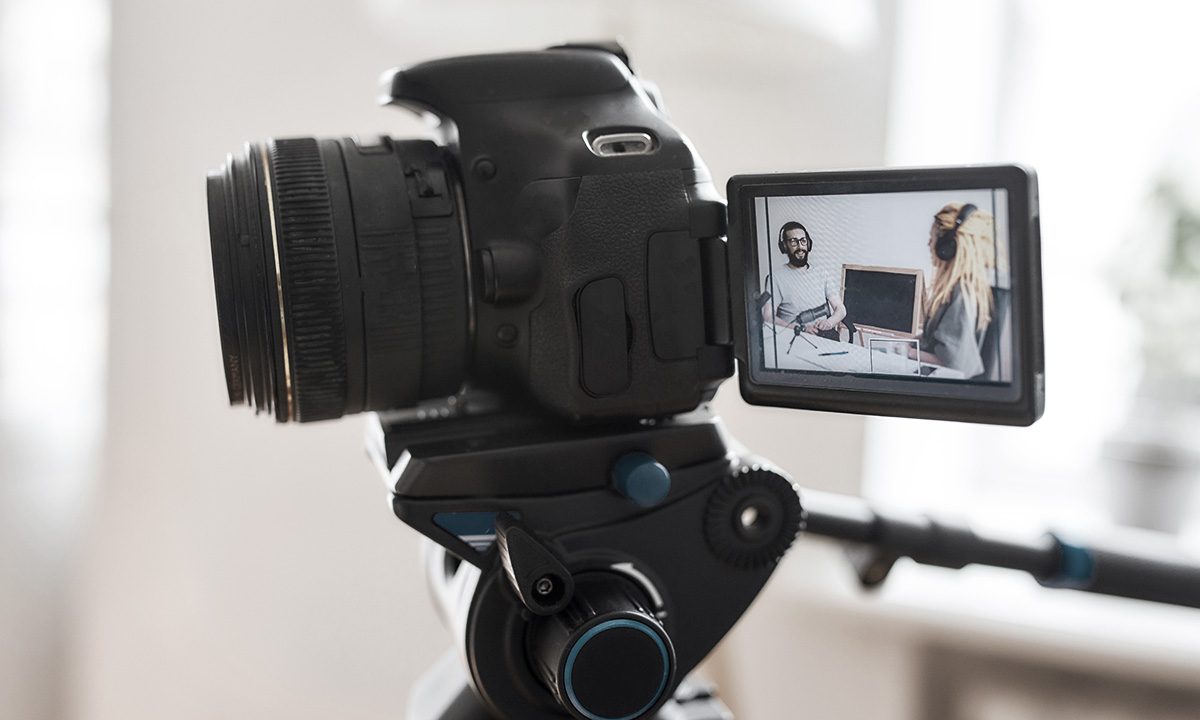What do computer-generated rowboats have in common with actor Pedro Pascal eating a sandwich? Both emerged as popular memes on TikTok earlier this year, and attracted the attention of savvy companies looking to ride the wave of viral marketing by repurposing these meme formats in their advertisements.
A decade ago, creating a viral marketing campaign required companies to develop a whimsical idea, spend production dollars to bring it to life, and hope that a bit of luck would help the ad go viral. Today, though, with the democratization of content on TikTok and other social platforms and the growing influence of the Gen Z audience, going viral can be formulaic. Put the social media marketing manager on the #boattrend with an ironic caption and it might just reach millions of views within days.
Brands without insights into the effectiveness of this type of marketing are missing out on low-cost, low-hanging fruit, potentially leaving millions of impressions on the table. Yet those rushing to jump on the boat should proceed cautiously and carefully consider whether this is the correct approach for their objectives.
Social media marketing is a sophisticated tool in a nuanced space, and brands should first develop a thorough understanding of the landscape to craft the optimal strategy.
Short-form can be a key piece of the marketing puzzle
Short-form video, which is typically less than 60 seconds long, is the favorite form of media for Gen Z, with 55% preferring it when looking for new information. This trend is not exclusive to Gen Z, however, as 44% of other generations are also getting on board with this format. It’s no surprise, then, that short-form video platforms have become the new battleground for marketers.
Varying consumer preferences for different types of marketing add a layer of complexity. For example, while Gen Z consumers prefer short-form video for information about new products, they look more to image-based ads for discounts and deals. In other words, there’s no one-size-fits-all solution.
Furthermore, each social media platform has core users and content types that form unique subcultures marketers need to be aware of. For example, a carousel of images is a popular format for Instagram marketing while branded augmented reality filters are a format unique to Snapchat. Even as these social media platforms develop their own similar short-form video offerings, the nuances in marketing remain.
User-generated content can take brands straight to Gen Z
There are several different types of short-form marketing, ranging across levels of production quality and formality.
Traditional studio-quality commercials with celebrities or cinematic production still play an important role for brands in the broader marketing universe, helping increase brand legitimacy and deliver aesthetic appeal on other forms of mass media. However, when placed on social media, these ads stand out against native content as advertisements, and are often skipped over by Gen Z social media scrollers. Instead, user-generated content (UGC) is often the most effective means of reaching Gen Z on short-form video platforms. This approach outsources the marketing legwork to creators who have a deep understanding of the platforms and of Gen Z consumers. And their message resonates because nearly two thirds of Gen Zers know or follow influencers on social media, and 37% trust influencers more than TV or radio news presenters. User-generated content fits so seamlessly into social media feeds that the line between marketing and traditional content is often hard to tell. For example, a user might watch an influencer try on a brand’s makeup product or conduct a taste test of their favorite beverages but not fully understand that it is marketing content made in collaboration with a brand. “Native” ads are an even more subtle extension of UGC — instead of actively promoting a brand, an influencer might simply wear or display a product as part of their normal post without directly mentioning it.
UGC campaigns often generate hundreds of times more engagement than traditional ads, with significantly higher like-to-impression rates. For example, Buick’s recent agency-produced ad campaign for its new logo garnered less than 200,000 views on TikTok, while popular creator @emilyzugay amassed 4.5 million views with her brand-sponsored video that redesigned Buick’s logo into what appears to be a toddler’s drawing.
The new wave of viral marketing also caters to Gen Zers’ media tastes, particularly their preference for authenticity and informality. Twenty-four percent of Gen Zers cite “tone and style” as a primary reason for liking social media content compared with only 16% of other generations. While specific social media trends are fickle, the underlying drivers reflect something deeper about Gen Z audiences. Their informality captures a certain generational spirit that revels in the subversion of what’s expected in traditional advertisements.
Follow consumer behaviors and preferences
The social media ecosystem is fluid, as individual platforms rise and fall in popularity and hot memes come and go. Yet consumer preferences and behaviors are longer lasting. The demand for short-form video content remains strong even as political pressure to ban TikTok in the United States persists. That’s why companies should make short-form an important element of their broader marketing strategies, especially for engaging and capturing new consumers.
Leona Chao and Gregory Block contributed to this article.

